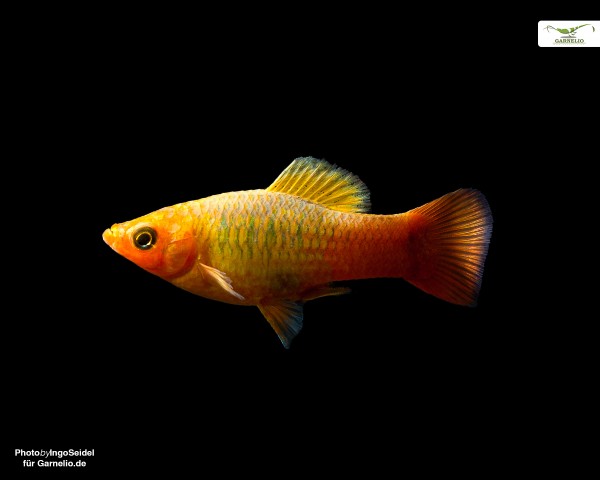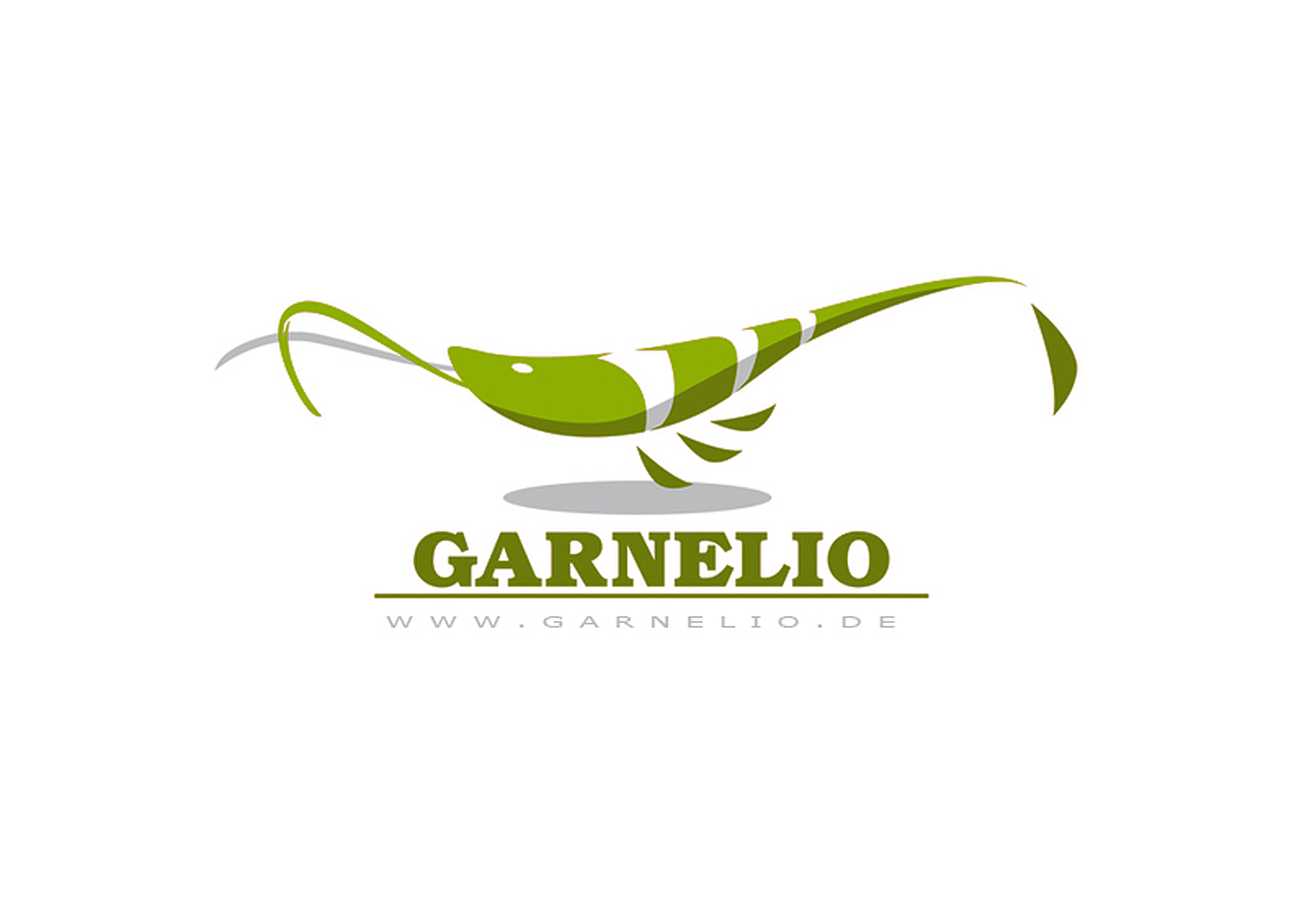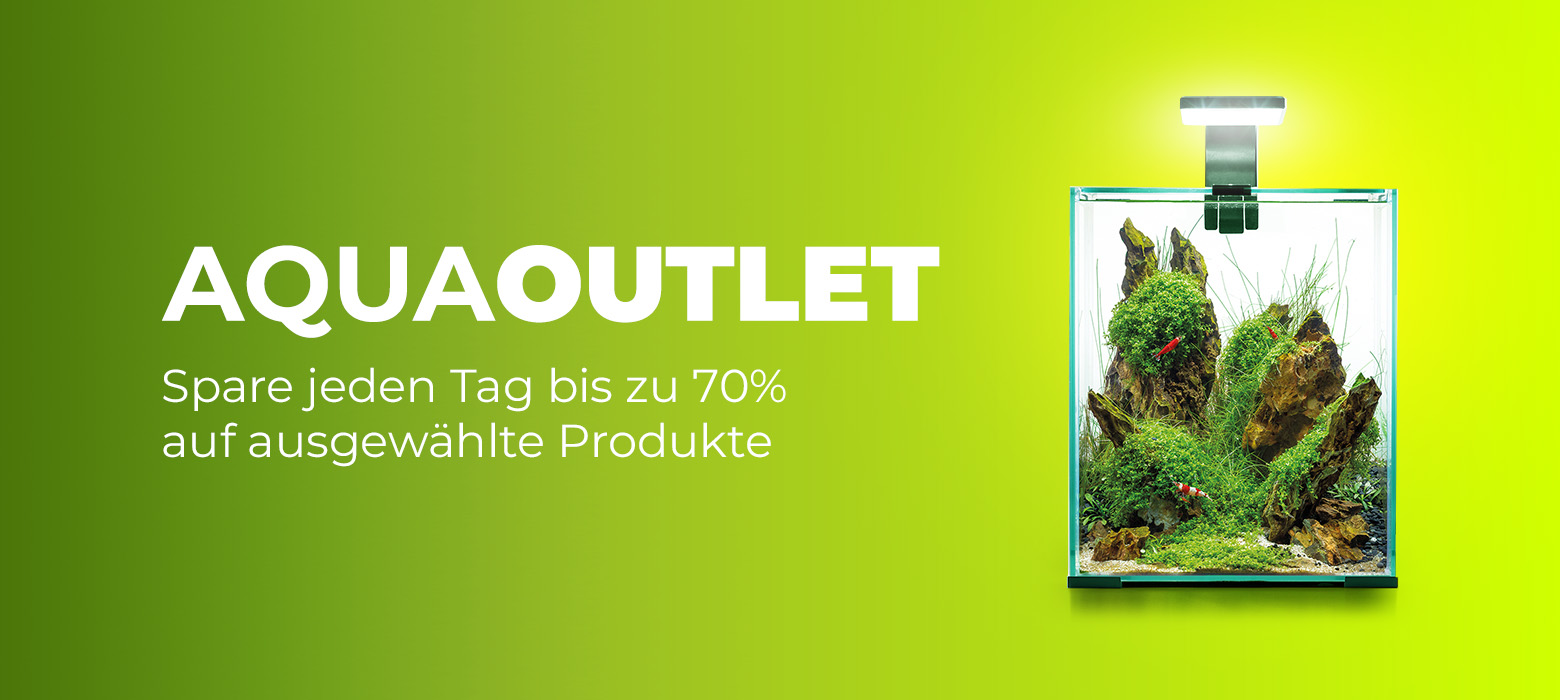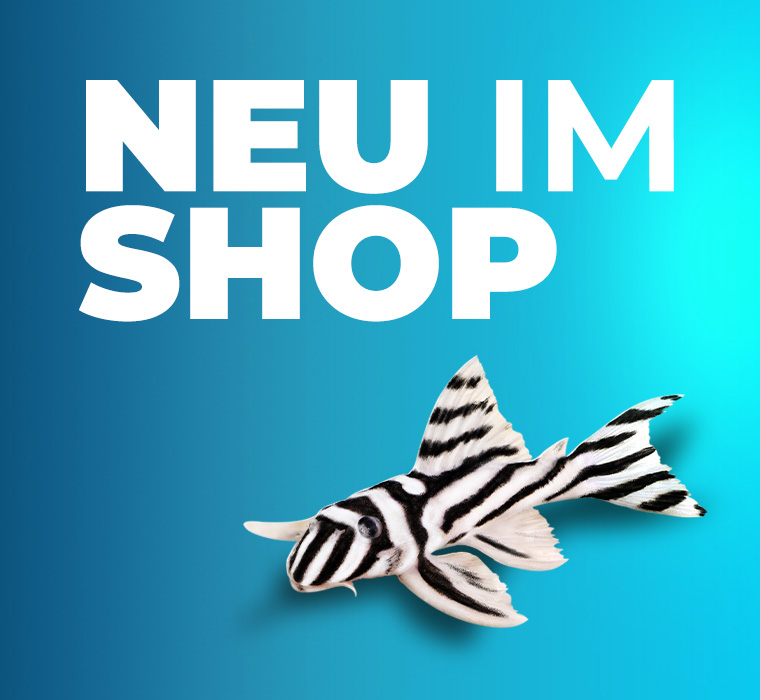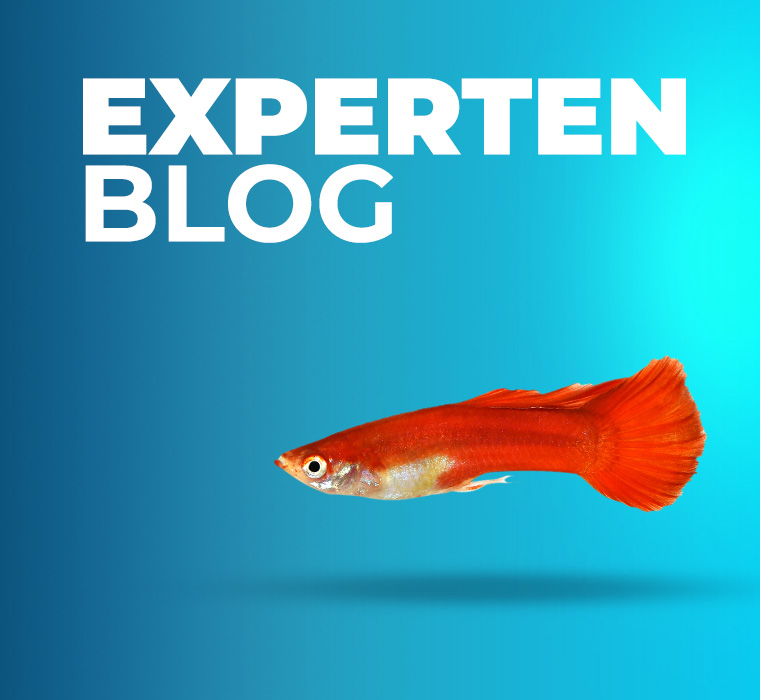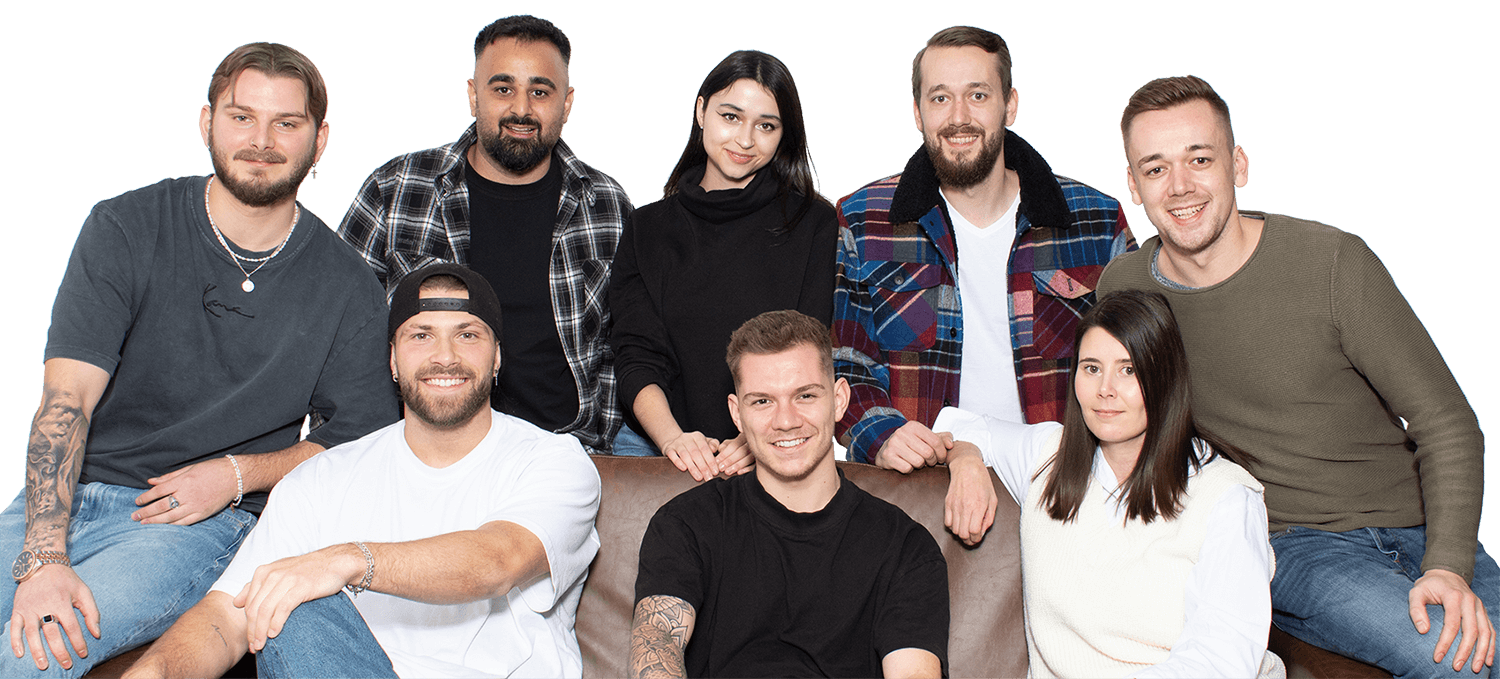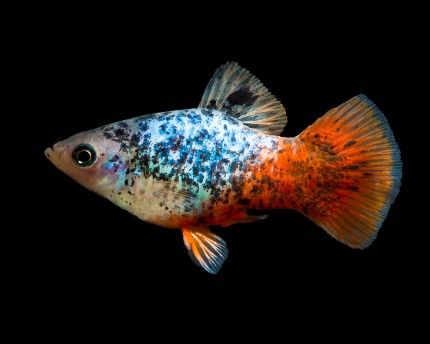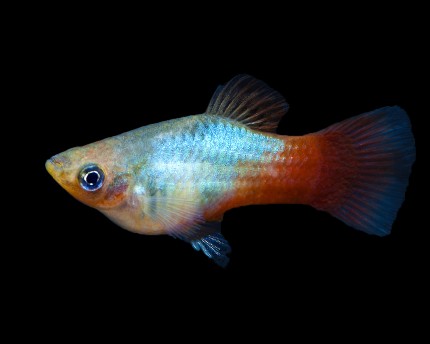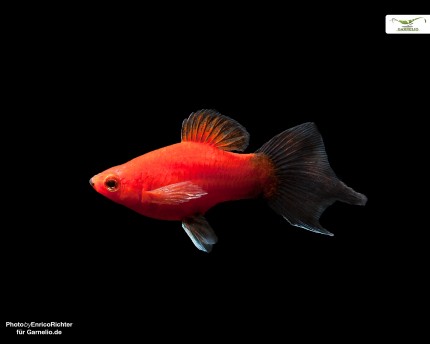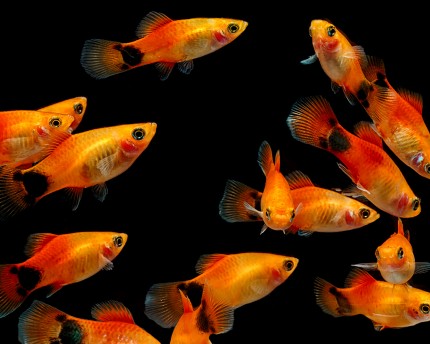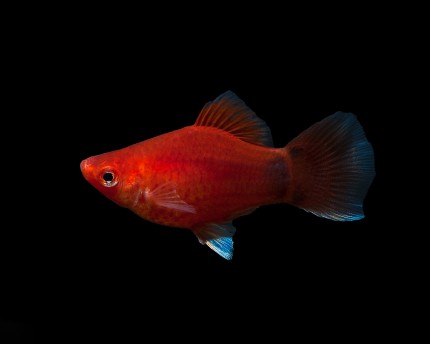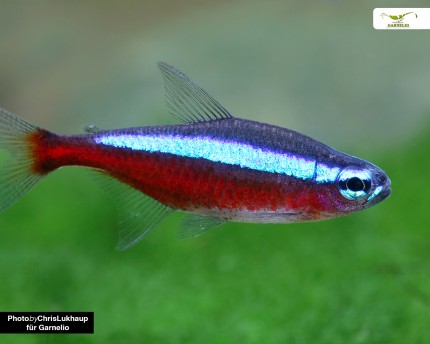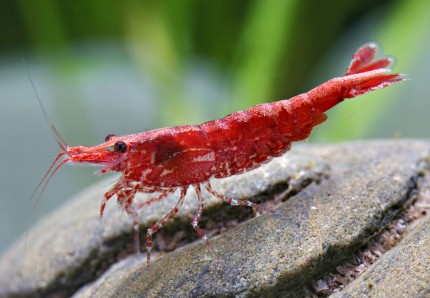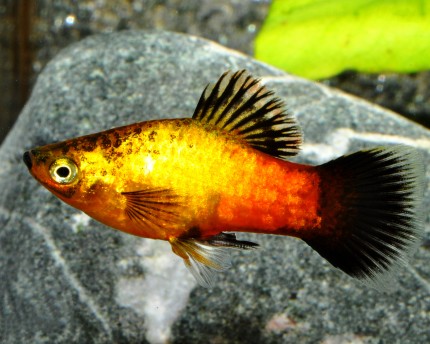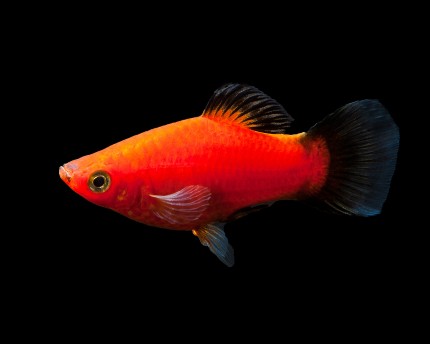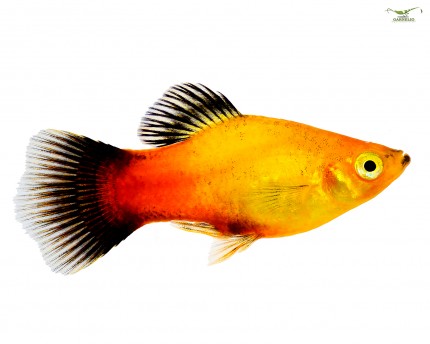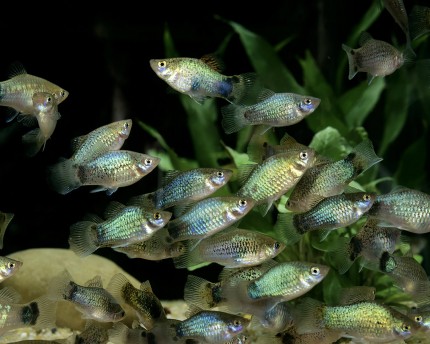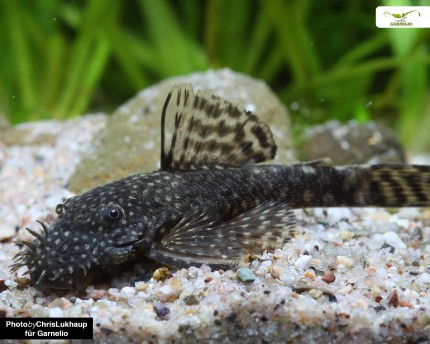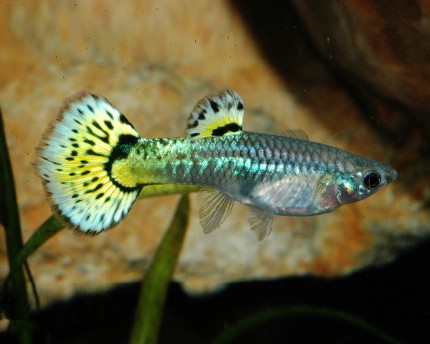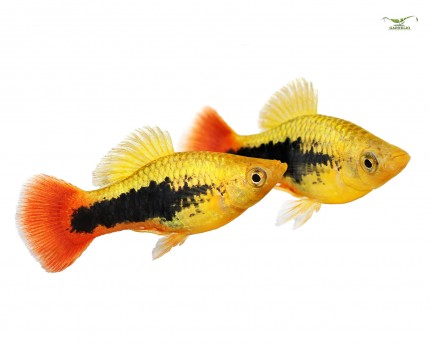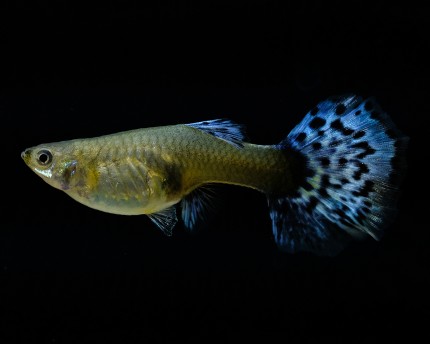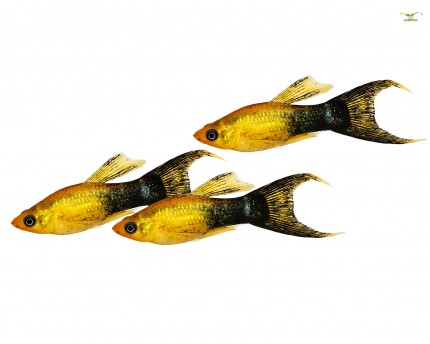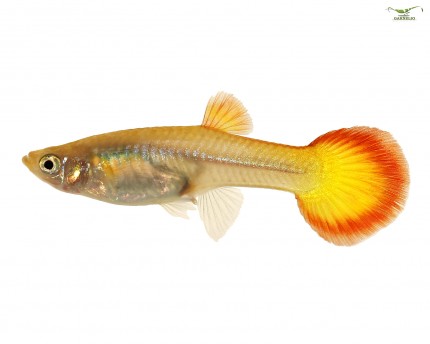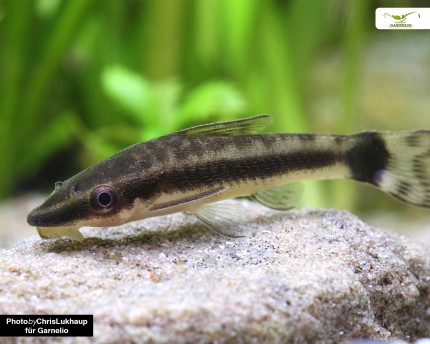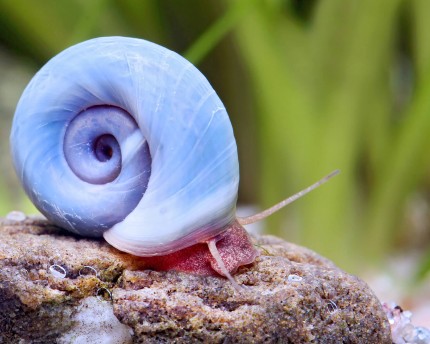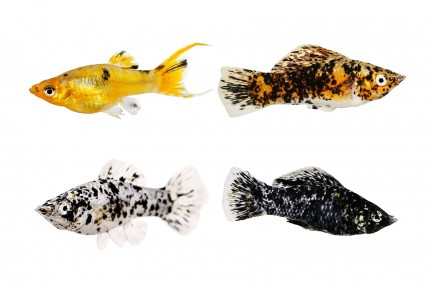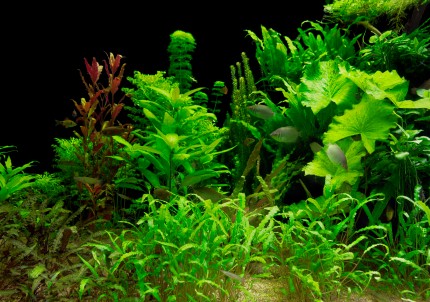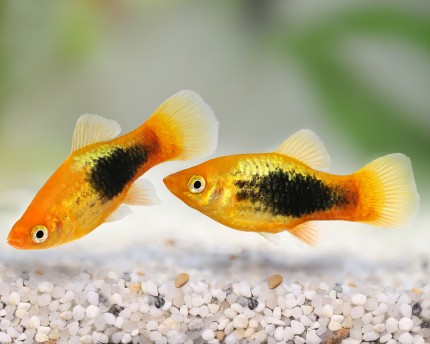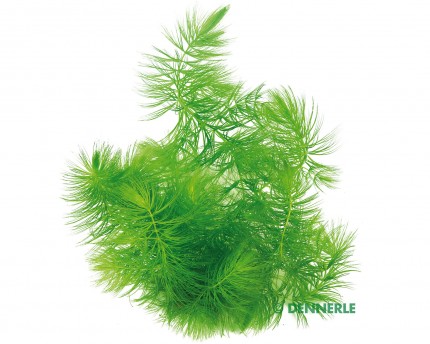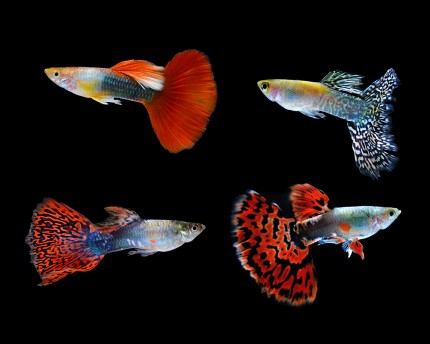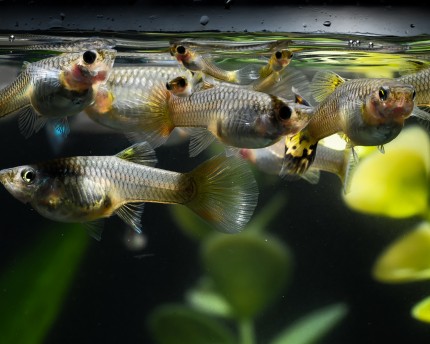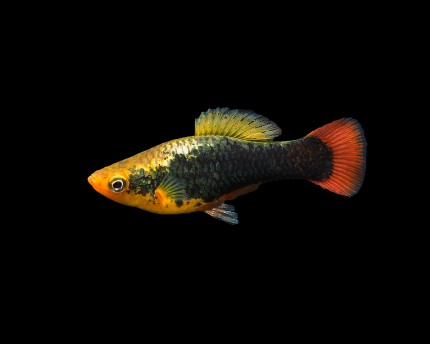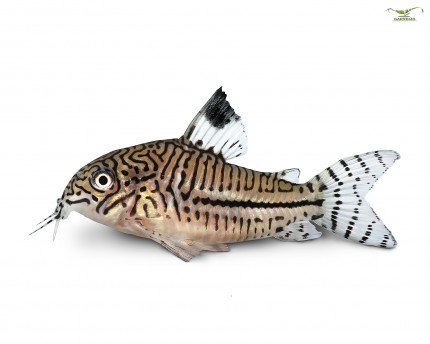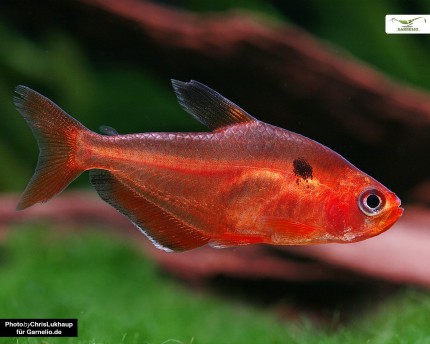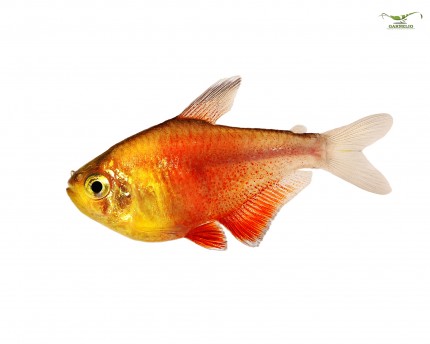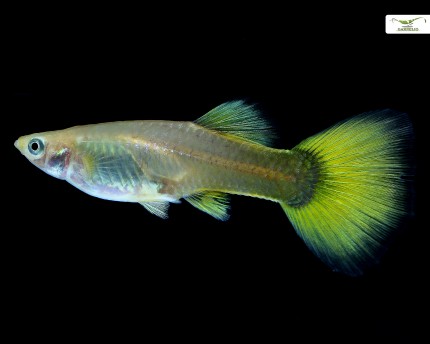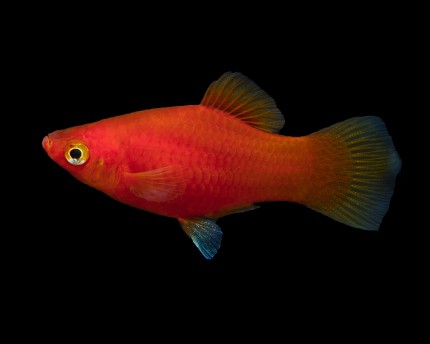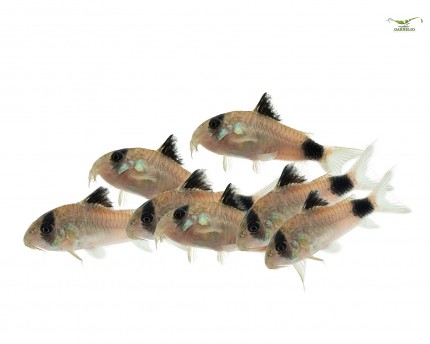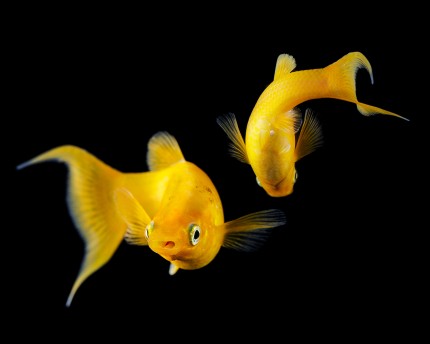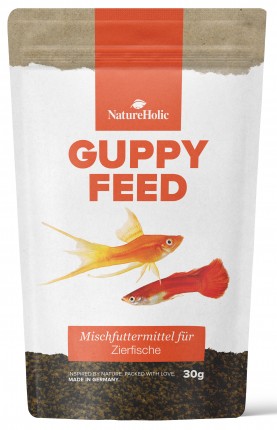incl. VAT plus shipping costs
Ready for shipment in 2 Day(s)
Delivery only innh. Germany and Austria possible.
Switch to the German store
- Item no: 7948
Fast delivery times
All products are in stock with us!14 years of breeding experience
Let our team of experts advise you!High customer satisfaction
from over 3,000 reviews "| Difficulty: | 1 - Simple |
| Final size: | 4-8 cm |
| with shrimps?: | with dwarf shrimps, offspring is eaten |
| with dwarf crabs?: | Yes |
| with snails/shells?: | Yes |
| Planting possible?: | Yes |
| Visual effect: | Especially colorful |
| Diet: | omnivorous - omnivorous |
| Fish group: | Tooth carp |
| Water values: | Hard water |
| Pelvic region: | Top |
| Breeding: | simply |
| Aquarium size: | 54 l (approx. 60cm) |
| Origin: | Central America |
| Temperature: | 20-25 °C |
Another great color form among the Platys is the Parrot Platy, which belongs to the species Xiphophorus variatus. The wild form originates from Central America. The parrot platy has a golden to yellow ground color with an orange abdomen, which extends over the tail fin. Partly it can show vertical fine green lines. is known. Just because of its great color, easy care and trouble-free propagation, it is excellent also for beginners.
Like other Platy species the Xiphophorus variatus belongs to the popular family of viviparous toothcarps. The natural biotope of this platy, also called the variable mirror platy, consists of stagnant water, but also weakly flowing streams, in which it inhabits the weedy shore zones. The parrot platy is also related to the mirror platy (Xiphophorus maculatus), as well as the swordtails (Xiphophorus helleri), so that these species should better not be kept together, as they can possibly crossbreed. Also the mollies and guppies, which are very popular in aquaristics, are related to them, but hybridization is not to be feared here.
Male parrot platies reach a size of about 4 cm, the females, however, up to 6. Also, the females are generally rather round, the males have a gonopodium- an elongated sex organ on the hind abdomen, which has been remodeled from the anal fin. Females carry about 3.5 weeks and release live young. During this process, the larvae develop in eggs in their abdomen and are born there as well. Since they sometimes run the risk of being eaten by their own parents or other predators in the aquarium, the aquarium should be well planted so they can hide. They can be raised well with fine dust food or infusoria.
Parrot Platies are extremely sociable and social animals, so they should definitely be kept in a group. We therefore recommend a group size of at least 10 of these great animals. In a aquarium with at least 54 liters, rather more, you can keep them excellently, if this has soft to medium hard water. Ideal are a total hardness (GH) of 5 to 25 ° dGH and a KH between 5 to 20 °dKH, as well as a pH of 7-8.5 and a temperature of 18 to 28 °C. As in their habitat, they like heavy weed growth in the form of various aquatic plants, which still leaves them enough room to swim.
Like most platies, the Parrot Platy is great to socialize with other peaceful fish. They can even be kept together with others of their species, which of course can interbreed, again creating great new colors and a colorful mix. Tetras, danios and loricariids are well suited in a community aquarium, but so are larger shrimp, such as the popular amano shrimp or the fan shrimp. Dwarf shrimp species that reproduce well are also suitable, provided they have sufficient hiding places and retreats. However, crayfish are not suitable, as they like to chase the Platy.
The omnivorous Parrot Platy can be optimally fed in the aquarium with commercial granulated food, dry food or food flakes for omnivorous ornamental fish. From time to time, the not very picky gourmets may also be given treats in the form of live or frozen food such as Tubifexwhite, black or red Mosquito larvae, as well as Daphnia, Grindalworms or Artemia get. As algae and aufwuchsfresser they keep the Aqurium not only clean, but eat also gladly times soft vegetables as for example soaked Zucchini chips or Pumpkin chips, or also with Algae leaves.
Our food recommendation: The fragrant NatureHolic Guppyfeed was tailor-made for the needs of guppies and other viviparous fish in the aquarium. In addition to high-quality animal ingredients, it also contains vegetable components that benefit guppies & co. The soft granules protect the sensitive mouth of the viviparous from injuries caused by hard food grains and provide the fish with a natural feeding experience.
Our plant recommendation: For planting, use NatureHolic InVitros. These are free of snails, planarians and other unwanted co-inhabitants. Also free of algae spores, bacteria and fungi.
Expert Tip: We recommend for fish keeping the NatureHolic 3 Phase Liquid. The care set offers the best all-round protection for your animals. It ensures optimal conditions for successful breeding and keeping.
| Scientific name: | Xiphophorus maculatus |
| German Name: | Papgeia platy |
| Difficulty level: | for beginners |
| Origin/Distribution: | Central America |
| Coloration: | Base color golden yellow, abdomen and caudal fin orange |
| Age expectation | approx. 3 years |
| Water parameters: | GH 5 to 25, KH 5 to 20, pH 7 to 8.5, temperature 18 to 28 °C |
| Tank size: | 54 l and up |
| Food | Omnivorous: algae and growth, granules, flakes, frozen food, green food and vegetables |
| Breeding | very easy |
| Behavior | very peaceful |
| Group size | at least 10 animals |
| Further information | Ten typical aquarium fish for beginners and alternatives to them, Tips for acclimating fish to the aquarium, Feeding aquarium fish properly - cheap food and what it can do |
- Item no: 7948
- EAN No.: 7427061496574
Entdecke die Garnelio Welt!
Garnelio gehört zu den größten Onlineshops für wirbellose Aquarientiere weltweit.
Viele Artikel gibt es exklusiv nur bei uns im Shop.

